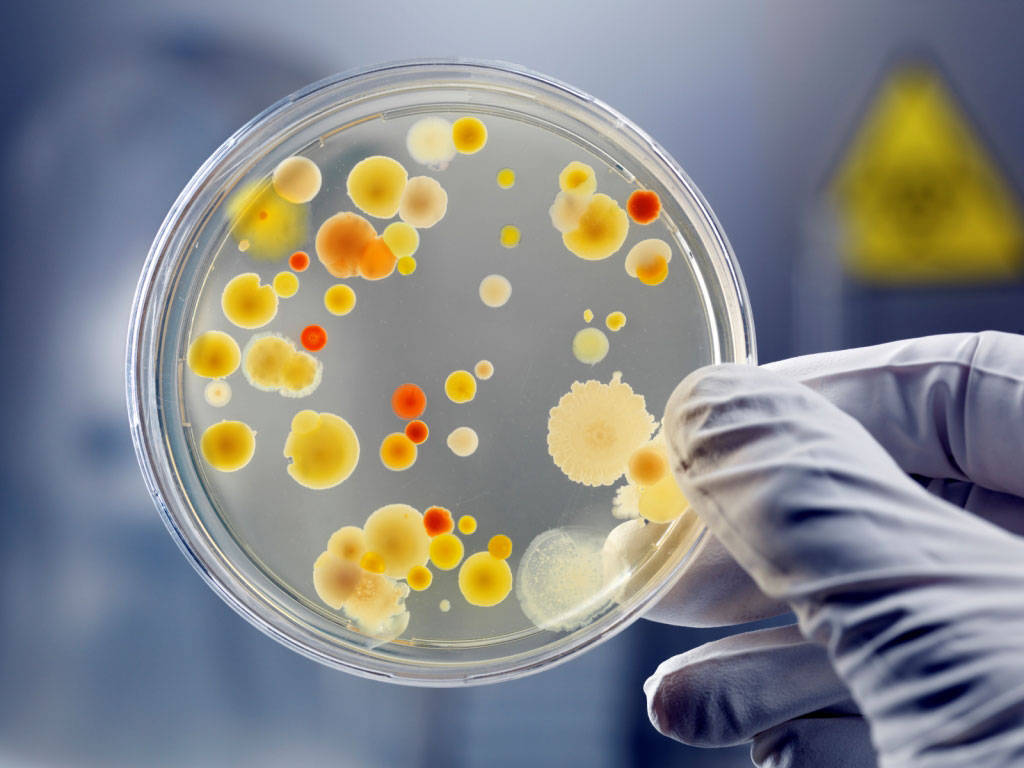
Probiotics in aquaculture is not a new thing now a day.
However, many probiotics product being sold to aquaculture industry are not in fact true probiotic and may be even killing if it is not used accordingly. For example, some strain of soil bacteria do not have a recognized approval for food-grade probiotic use, but being used to feed the aqua animal. That’s way it is very important to understand the concepts of probiotics and their application in aquaculture.
When I started to work with probiotics in aquaculture, there were still lots of local farmer didn’t understand the concept of probiotic bacteria.
Mis-conception1
People simply put all the nutrient ingredient, (soy meal, fruits waste, molasses) and let them fermented or brewed for some period of time, after that just pour the fermented liquid into the pond, They thought these steps are simple and low cost, estimated the fish will grow better. Of course, the fermented liquid will have certain ‘effect’ on the pond, whether positively or negatively, but the outcome always inconsistent. They miss out an important concept, which is to enrich the important and selected strain of microbes; instead, they were enriching a very diversified and some ‘unfriendly’ microbes to the pond, which is not a wise idea to improve the quality of the water.
Mis-conception 2
Many shrimp and fish farmers often think of probiotic as fast-acting medicine like antibiotic. They expect a quick and instant effect. They are then discouraged when they see no instant and positive effects. In fact, the changing of bacterial community takes time. It is an ongoing process that requires the addition of the selected strain of bacteria throughout the culture period. The bacteria that added must be selected for specific function, added in high population density, under right environment to be effective!
Well, the term probiotics has been defined as “ a mono or mixed culture of living microbes that when applied to animal or man, affect beneficially the host by improving the properties of indigenious micro flora. So, to extend the definition for aquaculture to include the addition of natural bacteria to tank or pond in which the animal lives.
To date, Bacillus subtilis (natto strain) are recently gaining more and more popular in aquaculture industry. This bacteria are not harmful to aquatic animal and has been recognized safe to eat for living animal. They are actually occur naturally in the intestine tract of sea and fresh water animal.
In particular condition, certain strain of bacillus subtilis can even have better and effective role than conventional phototropic bacteria for aquaculture, because of their high tolerance towards stress environment (pH, salinity, temperature..) , denitrifying and hydrolyzing organic residue power. These beneficial bacteria improve the health of fish or shrimp by suppressing the pathogen, by releasing natural antagonist antibiotic, which are not only selectively against the pathogenic microbes like. Besides, they have a very fast reproduction time, enabling them to easily become the dominant microbes in the pond, hence, improving water quality by modifying the microbial community composition of the water and sediment.
Ineffective commercialized probiotic some contain inappropriate species of bacteria, low population density. For example, some land animal probiotics that contain lactobacillus sp, are not appropriate for aquatic animal.
Well, I am not ‘criticizing’ the lactobacillus product, just the we have to understand that the microbes can only function well under right environment. For example, in certain condition, , oxygen is easily depleted as the feeding rate was high, we have to clear off the accumulating faeces or food residue as soon as possible, to avoid excessive ammonia production and toxin excretion from vibrio species as a result of residue fermentation, aeration only is not enough, that is the time that we need to introduce high proteolytic and lipolytic ( the ability to break down large protein and fat molecule) activity bacillus subtilis where it will be very efficient to break down the residue and contribute to ammonia denitrifying. Whereas lactobacillus is a facultative anaerobic and low proteolytic activity bacteria ( live without oxygen) , the condition will not favors their growth and eventually they will become ‘malfunctioning’.
Therefore, if we want to become successful in aquaculture farming, we have to master the functioning concept and application of various microbes
However, bacillus subtilis are only cost- effective when that are apply in appropriate method with a suitable farm management.
Source: Jay

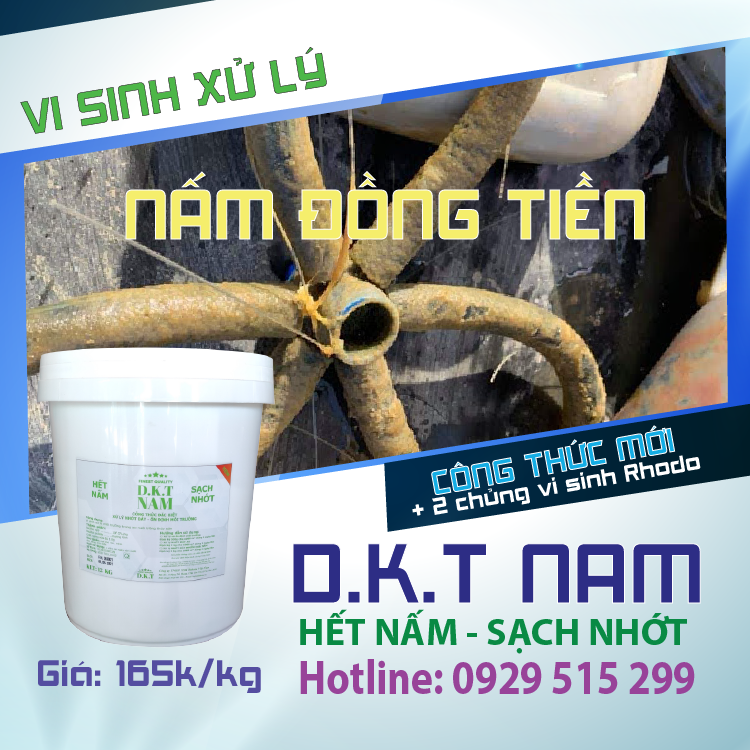

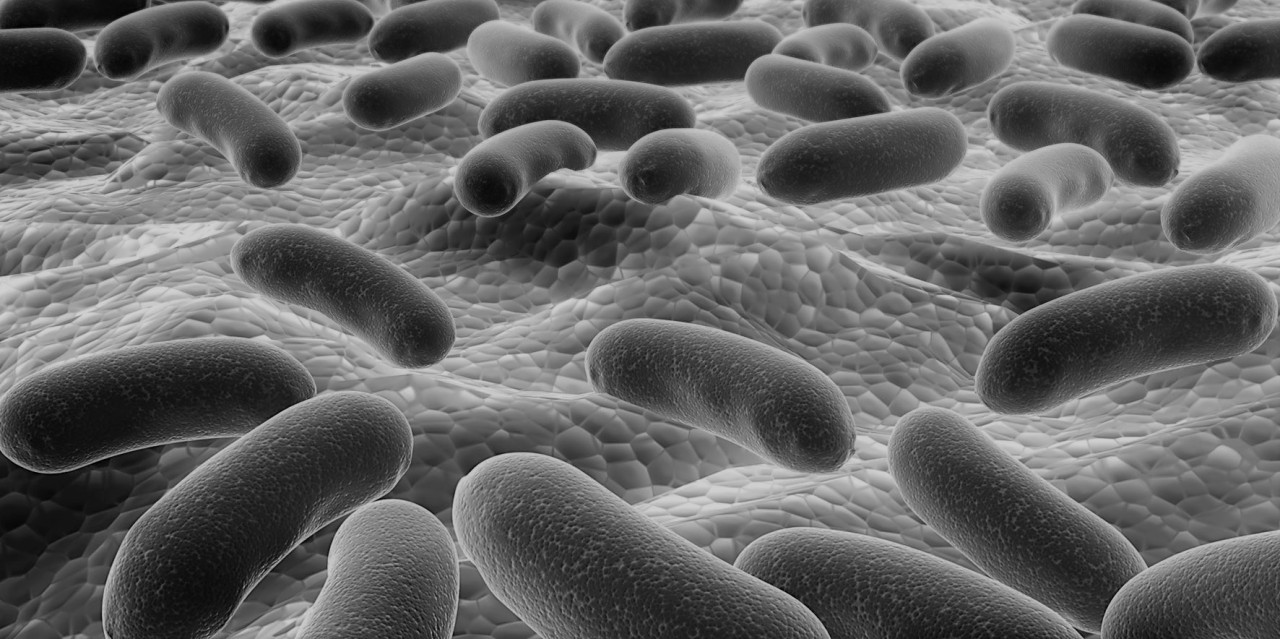
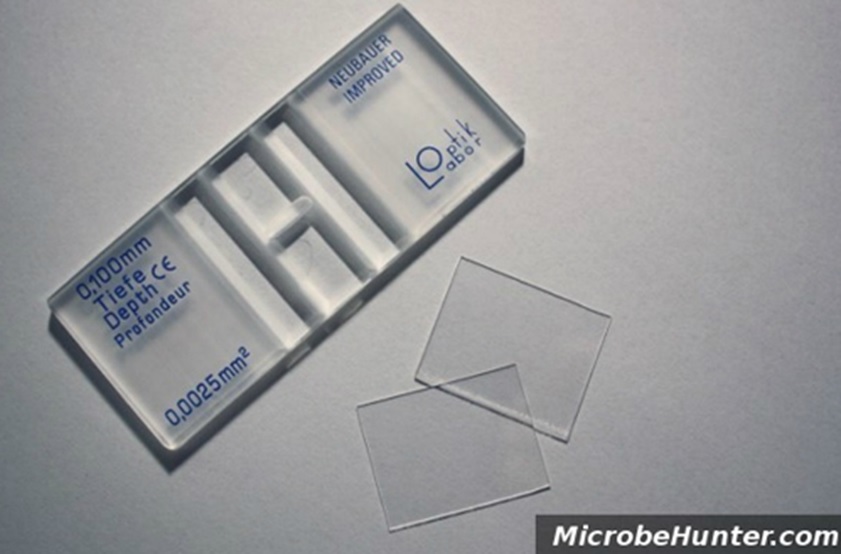
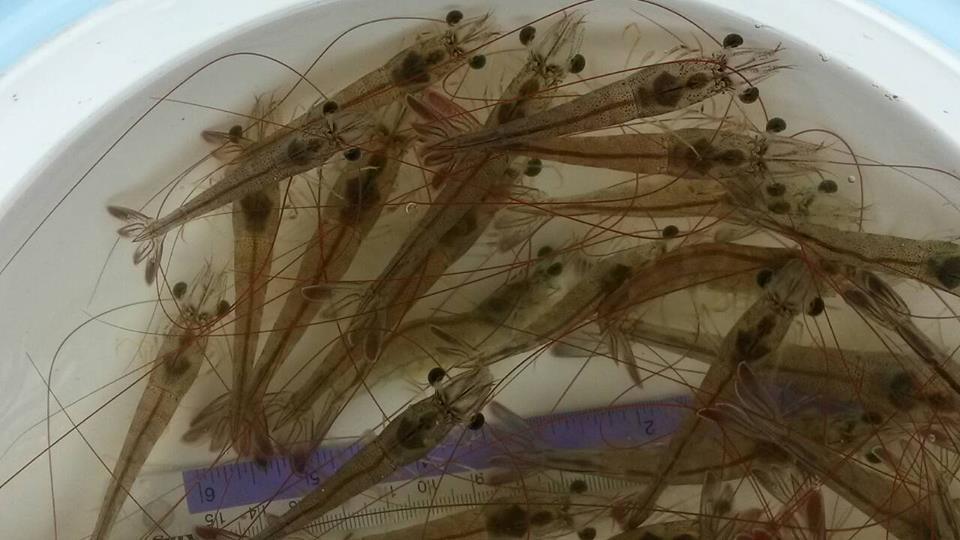
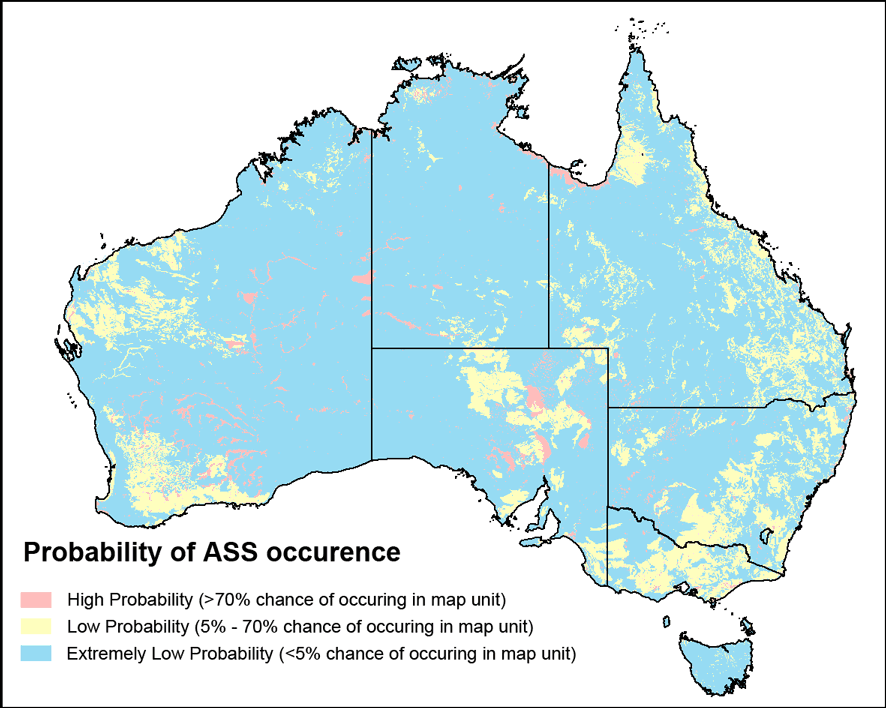


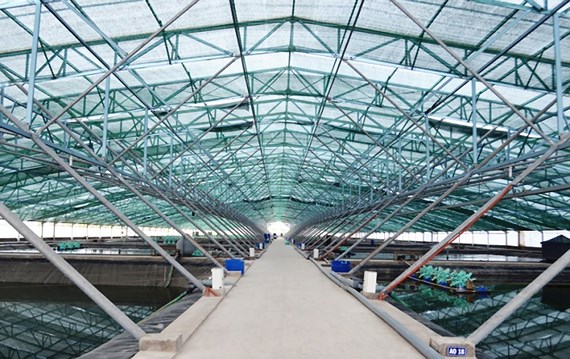

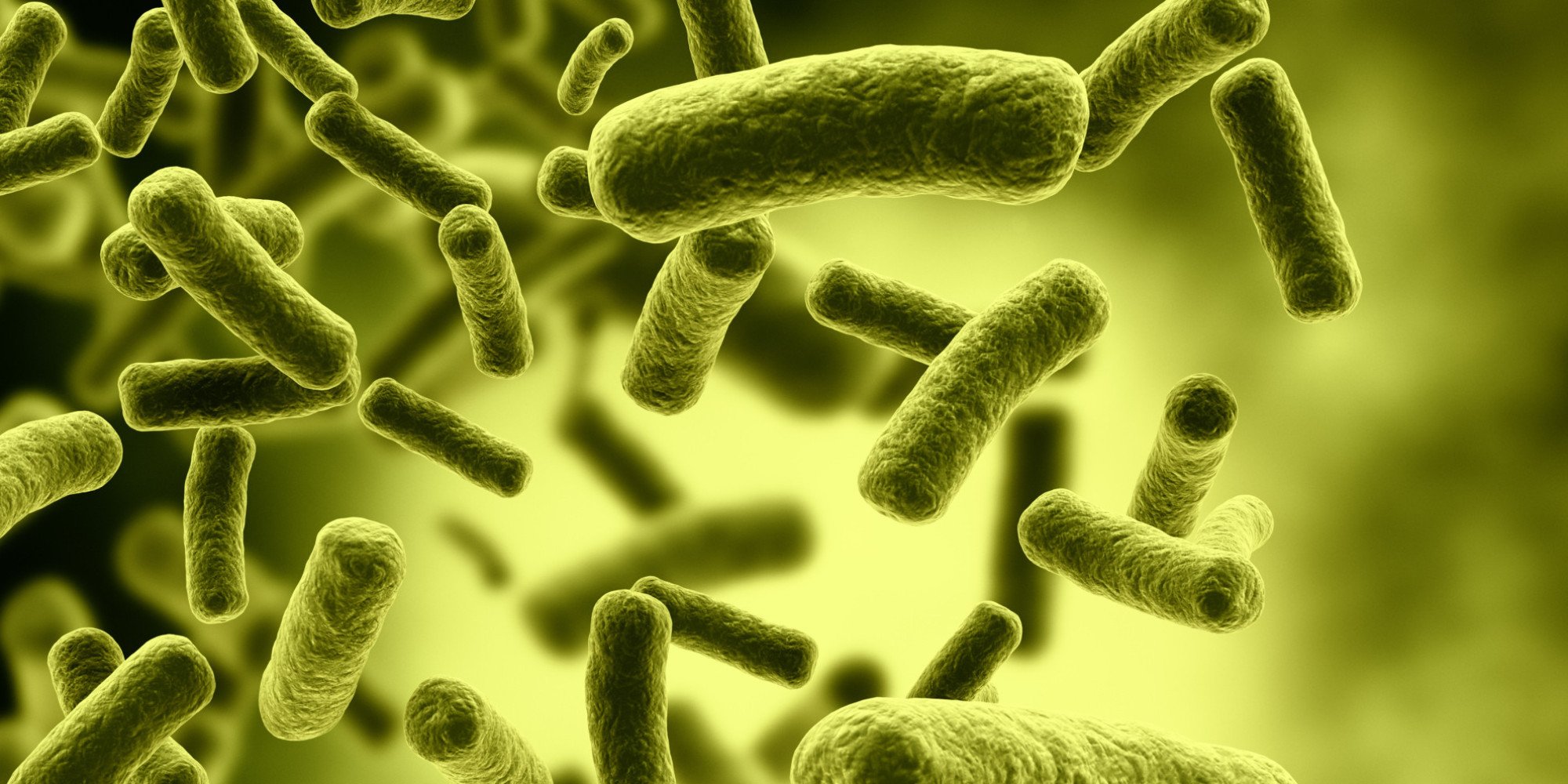
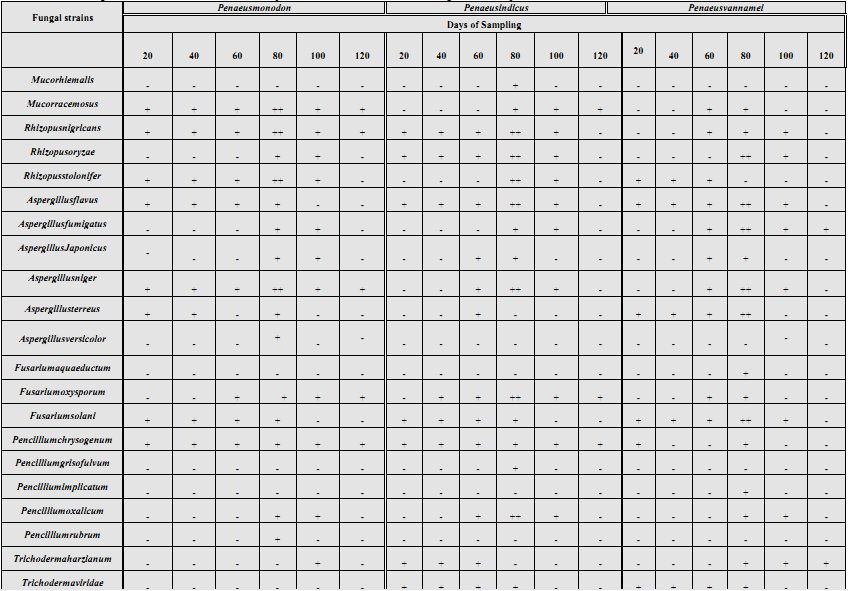
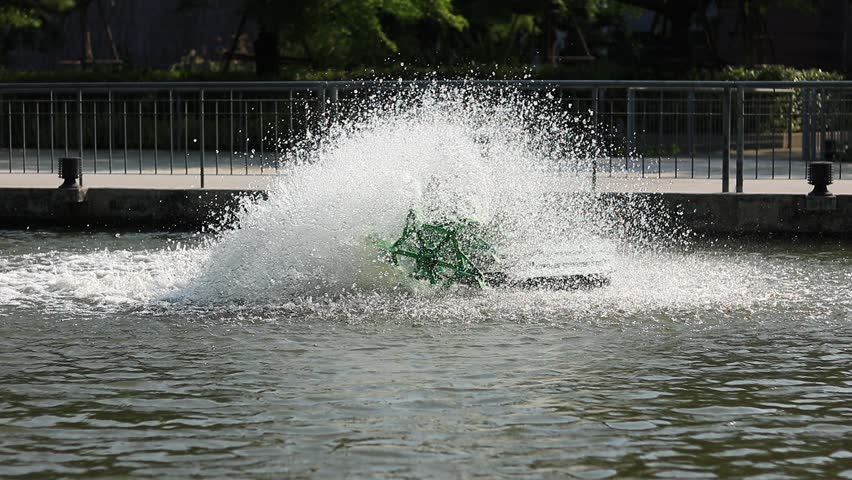
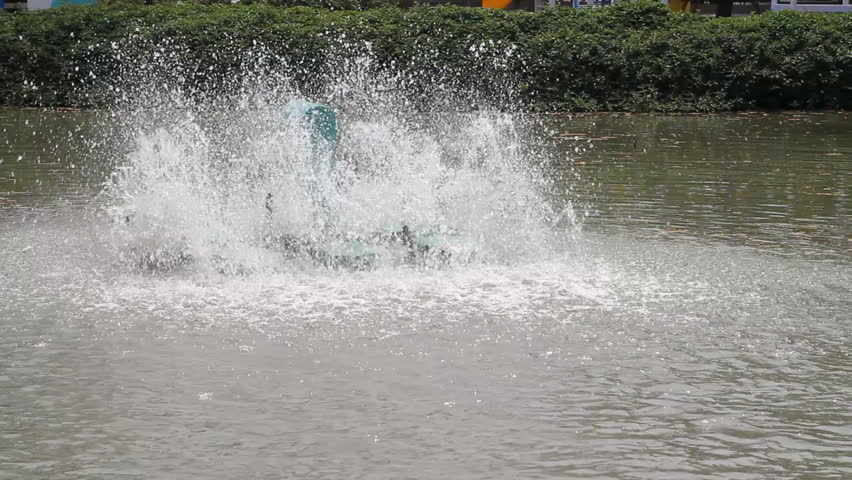
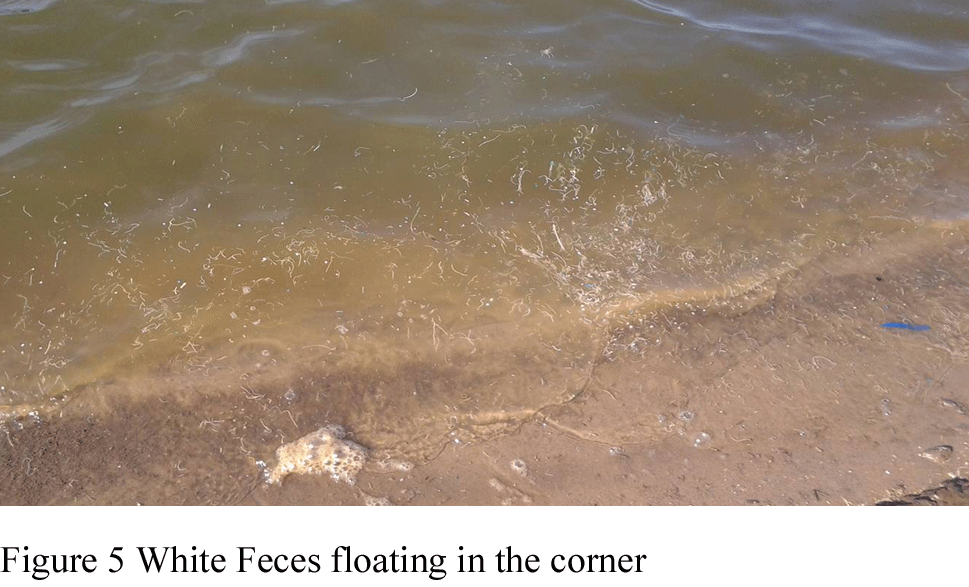
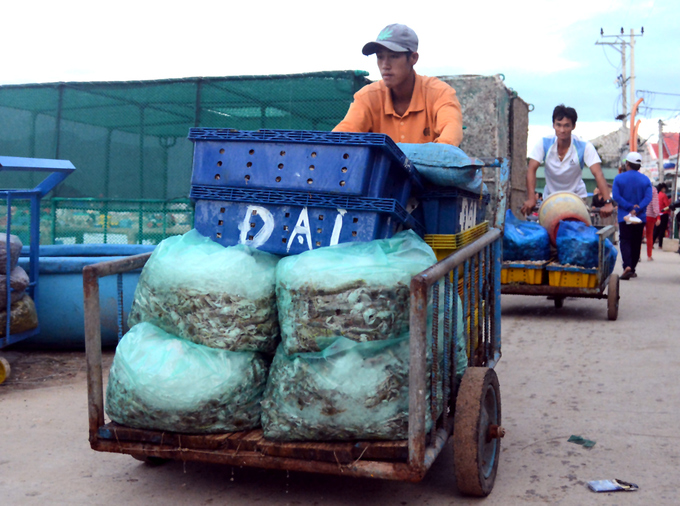

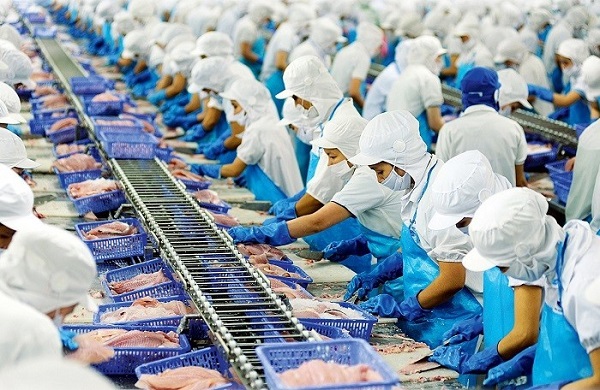

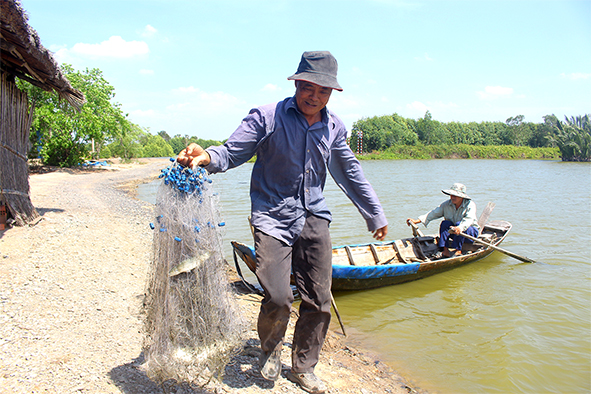
Bình luận bài viết